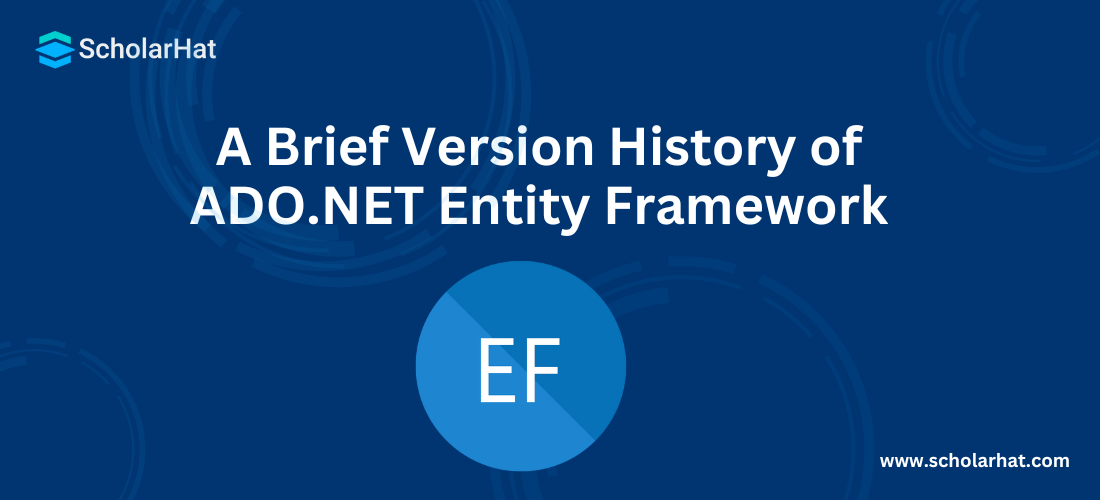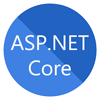18
AprA Brief Version History of ADO.NET Entity Framework
ADO.NET Entity Framework is an Object/Relational Mapping (ORM) framework that enables developers to work with various relational databases like SQL Server, Oracle, DB2, MYSQL etc. It enables developers to deal with data as business objects and entities. Using the Entity Framework, developers issue queries using LINQ, then retrieve and manipulate data as strongly typed objects using C# or VB.NET.
Async Query and Save
Code-Based Configuration
Dependency Resolution
Interception/SQL logging
Improved Connection Management
Improved Transaction Support
Enum Support in Code First and EF Designer
Spatial Data Types in Code First and EF Designer
Table-Valued Functions
Multiple Diagrams per Model
Code First Migrations
Automatic Migrations
The EF 4.2 release included the bug fixes to EF 4.1
Code First development
Introduced DbContext API
Data Annotations and Fluent API Validation
Model-first development
POCO support
Lazy Loading
T4 Code Generation
This release provided basic O/RM support using the Database first development
What do you think?
I hope you will enjoy the ADO.NET Entity framework features. I would like to have feedback from my blog readers. Your valuable feedback, question, or comments about this article are always welcome.









